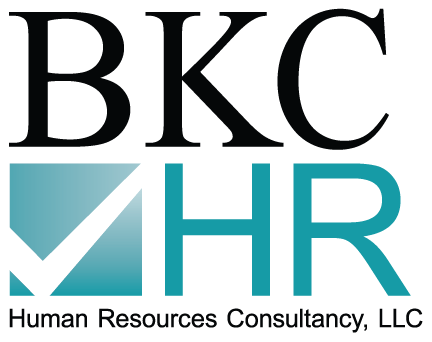On March 27, Congress passed the $2 trillion “Coronavirus Aid, Relief, and Economic Security Act” (CARES Act) in order to provide “emergency assistance and health care response for individuals, families and businesses affected by the 2020 coronavirus pandemic.” The largest rescue package in American history, this historic piece of legislation includes a number of programs designed to offset the severe economic losses incurred from the COVID-19 global pandemic.
Section 4001 of the CARES Act authorizes the Secretary of the Treasury to make loans, loan guarantees, and other investments of up to $500 billion to eligible businesses operating in severely distressed sectors of the economy, states, and municipalities. The $500 billion will be allocated as follows:
- $25 billion for passenger air carriers
- $4 billion for cargo air carriers
- $17 billion for businesses “critical to maintaining national security”
- $454 billion for other eligible businesses, U.S. states, and municipalities
Unlike the CARES Act’s forgivable loan program for small businesses, these loans must be paid back and come with public disclosure requirements.
Key Terms and Conditions of the Loans
This legislation does provide specific terms and conditions related to any loan, loan guarantee, or other investment(s) provided to entities. Economic aid may be provided under this section of the CARES Act if the Secretary of the Treasury determines (at its discretion) that each of the following have been met:
- The eligible business is created or organized in the U.S. with a majority of its employees based in the U.S.
- The eligible business has, or is expected to, incur covered losses such that its continued operations are jeopardized.
- The applicant is an eligible business for which credit is not reasonably available at the time of the transaction.
- The intended obligation by the applicant is prudently incurred.
- The loan or loan guarantee is sufficiently secured or is made at a rate that reflects the risk of the loan or loan guarantee.
- The duration of the loan or loan guarantee is no longer than 5 years.
- The eligible business cannot do the following with loan proceeds for a period of 12 months after the date of the loan or loan guarantee:
- Buy back its own stock.
- Pay dividends or make other capital distributions.
- The eligible business must maintain its employment levels that existed as of March 24, 2020 through September 30, 2020 (to the extent practicable) and not reduce levels by more than 10% during this period.
Procedures for Applying
The specific procedures to apply for these loans have not yet been disclosed, but, according to the legislative text, will be published within 10 days after it is enacted. The Secretary of the Treasury will also release more detailed requirements for eligibility.
Oversight
The President will appoint a Special Inspector General for Pandemic Recovery who will be responsible for conducting, supervising, and coordinating audits and investigations of the making, purchase, management, and sale of loans, loan guarantees, and other investments made by the Secretary under this legislation. The Special Inspector General may also obtain services from experts and consultants in connection with carrying out its administrative duties.
Insights
- We can anticipate that the loan application process will require companies to provide the loan administrator with a number of documents, schedules, and analyses. This may include an analysis to demonstrate the economic losses sustained from the COVID-19 disruption and continuing operations are at risk. Other documents may include, among others, financial statements, employee headcount details and payroll records. The application may also call for companies to show that the requested loan is sufficiently secured through company assets or other collateral as well as company financial projections demonstrating the ability to repay the loan within 5 years.
- How the Treasury deems what businesses are “critical to managing national security” is likely to align with the 16 critical infrastructure sectors as outlined in the Cybersecurity and Infrastructure Security Agency Act (CISA) of 2018. The Act defines critical infrastructure as any business “vital to the United States that their incapacitation or destruction would have a debilitating effect on security, national economic security, national public health or safety.”
- While many of the requirements for eligibility are currently unknown, we expect this will be a very far reaching loan program with a significant percentage of the market being able to apply for and secure loans.
Contact us if you would like to discuss further, how these items impact your employees and business.
Read more news here.
Learn more about our Tax Planning & Compliance Services.




